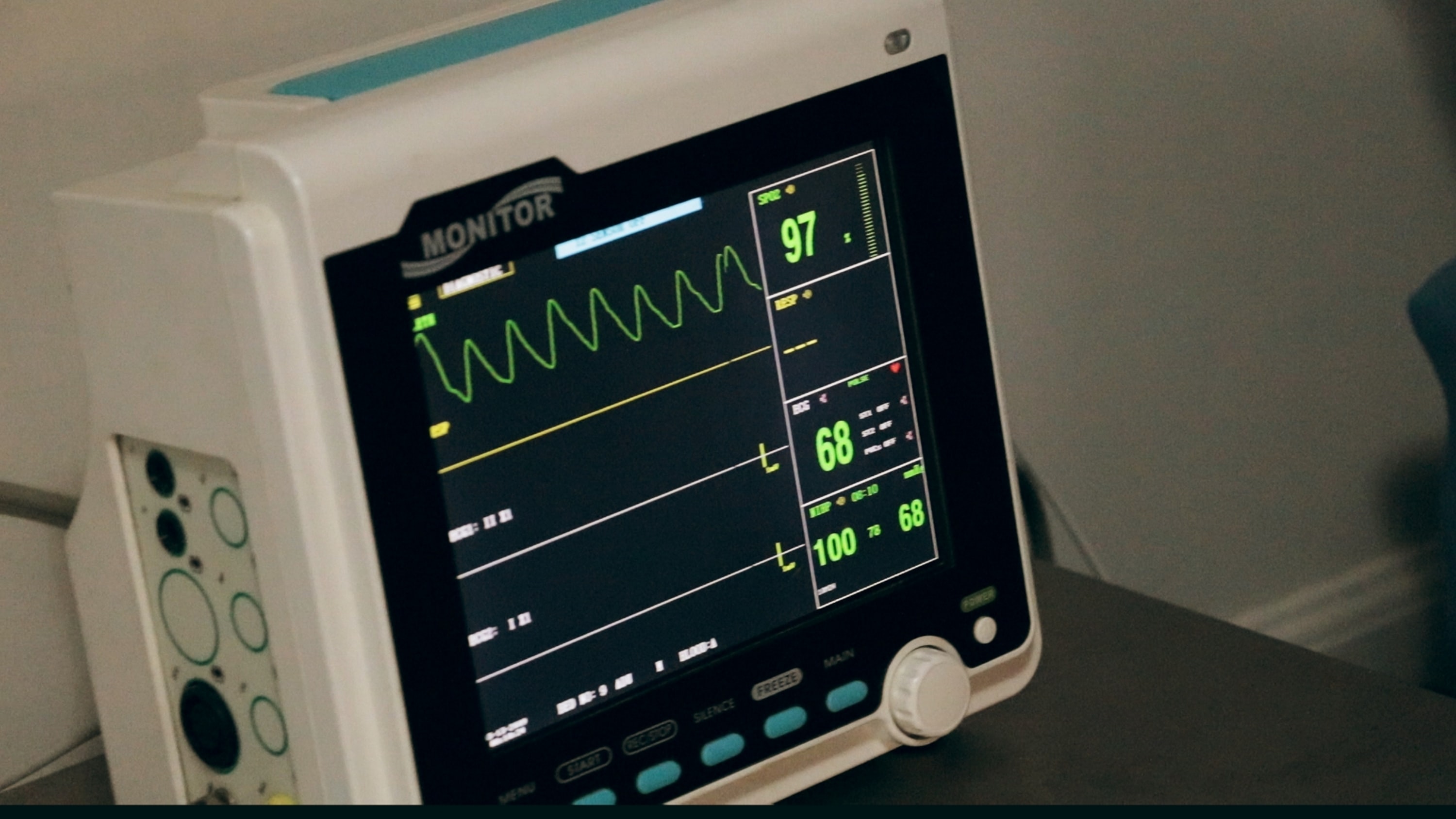A poor outcome has occurred on a patient, Mrs. Earle, who was admitted for a routine cholecystectomy. An investigation is conducted to find out what happened and how the poor outcome could have been prevented. Maria Blanco, the RN who was on shift that day, must think back to her prioritization and organization of patient care.
SCENE 1: The operating surgeon, the chief safety officer for the hospital, and the charge nurse (as the nurse manager was not available) are meeting to discuss a poor outcome on a patient who had undergone what was supposed to be a routine cholecystectomy. The patient experienced complications during the surgery and unexpectedly died. The surgeon wants to discover who was to blame; however, the safety officer and charge nurse advocate for a “just culture” and are recommending a comprehensive root cause analysis to find out how this happened and how it could have been prevented.
The surgeon, Dr. Williamson, is clearly upset about what has occurred. Would you respond any differently to Dr. Williamson?
What have you observed in either your personal work experience or your student's clinical experiences when a bad outcome or an error has occurred?
What do we mean by a “just culture”? How would you characterize a unit or hospital with a “just culture”?
SCENE 2: The scene begins in the nurse manager’s office with the nurse manager, Roxanne Jamison, prompting Maria, the staff nurse who was working that day, to recall her organization and prioritization of patient care.Flashback to Maria starting her shift, when the charge nurse gave Maria a change-of-shift report for her four patients. We see shots of each patient as they are described.
What could Maria have done differently in prioritizing patient care after receiving her assignments?
Are there any members of the health care team to whom Maria could have appropriately delegated any tasks?
SCENE 3: Maria describes the prioritization of her assignments. After receiving the report, she had determined that the highest priority patient was the patient who was ready for discharge based on the time-sensitive issue that his ride was already there and he was ready and anxious to leave. She delegated Mrs. Earle’s pre-procedure vital signs to the UAP but did not follow up on those vital signs. She also failed to acknowledge Mrs. Earle’s shivering and reports of being cold, and only got the patient a warmed blanket as she was leaving to go to the OR. The OR nurse, upon discovering Mrs. Earle had an elevated temperature upon arrival to the OR, assumed that the temperature was because of the warming blanket, which was incorrect, and so she did not further assess the patient's pre-procedure.
Consider the “Five Rights of Delegation” with Maria’s delegation to the UAP. What should have been done differently?
In preparing for a quality control audit or root cause analysis, what systems issues can the nurse manager identify that contributed to the poor outcome that occurred? Are there any other questions you would ask to identify individual decision making and patient care processes that could prevent this situation from reoccurring?

